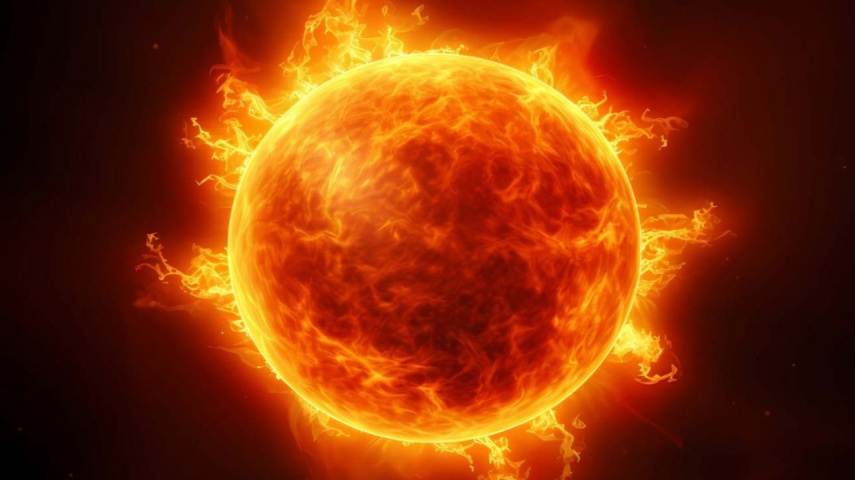Will Earth experience a Geomagnetic storm? Exploring as planet on alert over alleged M3.5 Solar Flare
Recent reports of alleged M3.5 solar flare have placed the world on high alert. Space weather experts and National Oceanic and Atmospheric Administration (NOAA) are closely monitoring the situation.

-
Recent reports of a solar event have put Earth on high alert as NOAA monitor potential impacts
-
Dr. Tamitha Skov detected an M3.5 solar flare originating from a region not yet visible from Earth
Space weather experts and the National Oceanic and Atmospheric Administration (NOAA) have issued a warning that a powerful M3.5 Solar Flare is expected to strike Earth, potentially causing geomagnetic storms and dazzling auroras as per Times Now.
Solar activity peaks
As we approach the peak of Solar Maxima in Solar Cycle 25, the Sun's activity increases, including solar flares and coronal mass ejections (CMEs). A recent eruption on March 17th, dubbed the "canyon of fire," sent debris hurtling into space, as captured by NASA's Solar Dynamics Observatory (SDO).
According to renowned space weather expert Dr. Tamitha Skov, "An M3.5 solar flare from a new region not yet in Earth's view has caused an R1-level radio blackout."
Anticipated auroras
Despite potential disruptions, there is excitement about a celestial light show in the form of auroras. NASA models predict that the CME from the recent eruption will reach Earth's magnetic field around March 20th, coinciding with the vernal equinox as per Times Now. This timing is favorable for the Russell-McPherron effect, which increases the likelihood of geomagnetic storms and auroral displays.
"Canyon on fire CME could graze our planet's magnetic field on March 20th," SpaceWeather.com stated.
Geomagnetic Storm alert
The NOAA has issued a G1 (Minor) geomagnetic storm alert for March 20th. The agency also warns of potential radio blackouts ranging from R1 to R2 (minor to moderate) between March 18th and 20th, which could disrupt radio communications and GPS reception on Earth's dayside.
The excitement grows as Dr. Skov reveals that an Earth-directed solar storm launched on St. Patrick's Day could produce auroras visible from mid-latitudes beginning late on March 19th or early on March 20th.
As the Earth prepares for the impact of the M3.5 Solar Flare and the resulting geomagnetic storm, excitement grows for the spectacular auroral displays that may occur. While communication and navigation systems may be disrupted, the spectacle of nature's light show is expected to captivate viewers around the world.
Stay tuned for updates as space weather experts continue to monitor the situation and provide additional information about the unfolding celestial events.





 JOIN OUR WHATSAPP CHANNEL
JOIN OUR WHATSAPP CHANNEL



































































































